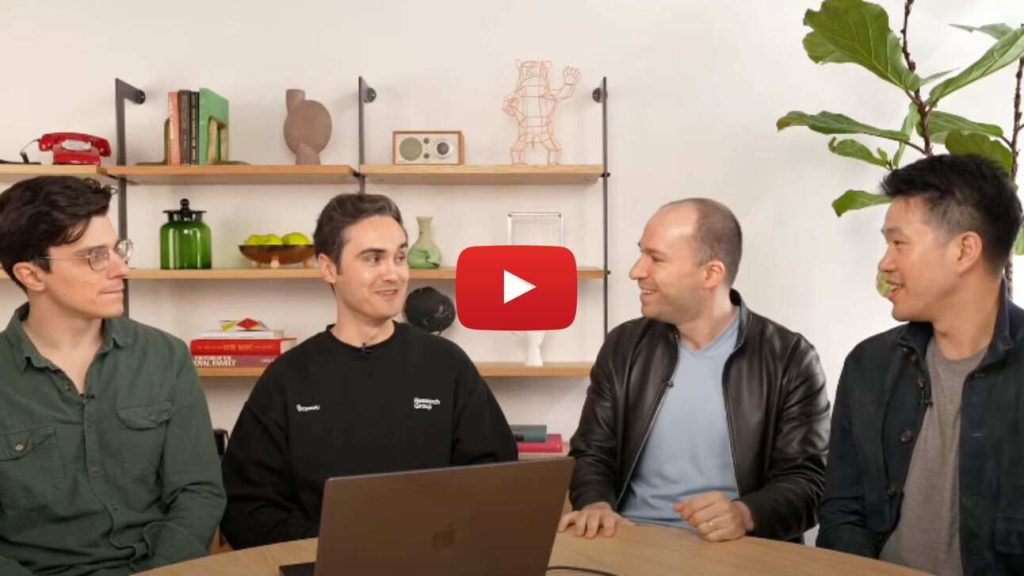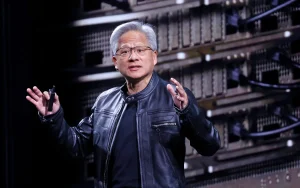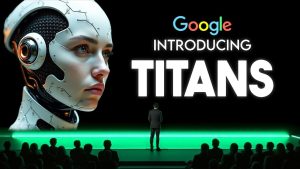OpenAI Introduces Revolutionary AI Models: o3 and o4-mini

OpenAI has unveiled its latest advancements with the release of o3 and o4-mini. These models are designed to elevate the functionality of AI by integrating tool use into reasoning processes. The anticipation surrounding their release has marked a new chapter in AI technology.
By utilizing tools embedded within the AI, o3 and o4-mini are set to redefine problem-solving capabilities. This combination empowers the models to understand diverse inputs like web data, images, and coding languages. The potential applications in fields such as science and mathematics are immense, promising to create groundbreaking solutions.
The Unveiling of OpenAI’s Latest Innovations
OpenAI has introduced its groundbreaking AI models, o3 and o4-mini, which are set to transform the landscape of artificial intelligence. For the first time, reasoning models can utilize an array of tools to enhance their problem-solving capabilities. This marks a significant leap in AI technology and sets the stage for future advancements.
Tool Integration Enhances Problem Solving
The integration of tools like web browsing and Python coding within the AI models allows for a multifaceted approach to problem-solving. These tools enable o3 and o4-mini to access a vast array of resources, enhancing their reasoning capabilities beyond traditional limitations.
This evolution in AI technology allows the models to not only reason independently but also gather and process data from various sources. This capability enhances their problem-solving efficiency and accuracy, setting a new standard in AI reasoning.
By supporting image understanding, these models can now interpret intricate diagrams and solve related equations autonomously. This development represents a monumental step towards the future of artificial intelligence.
Breaking New Ground in Mathematics and Science
Both o3 and o4-mini have demonstrated their prowess in math and science by achieving remarkable results in various competitions. For instance, o4-mini attained a near-perfect score in the AIME 2025 Competition Math benchmark. This achievement highlights the model’s exceptional capability in mathematical problem-solving.
On the Codeforces Competition Code evaluation, both models ranked among the top 200 contestants worldwide. This performance illustrates their competitive edge and ability to tackle complex coding challenges effectively.
The models’ success in these arenas showcases their potential to contribute to advancements in scientific research and technological development. They are equipped to address challenging problems and generate innovative solutions.
The ability of the models to ‘think’ with images further enhances their utility in scientific fields. This feature allows them to engage with visual data effectively, providing insights and answers with unprecedented precision.
Game-Changing Potential and Industry Impact
The release of these models is generating excitement across the technology sector. Experts recognize their potential to revolutionize AI applications, from industrial automation to personalized technology solutions.
OpenAI President Greg Brockman noted during a livestream that these models are groundbreaking, offering novel ideas that are both practical and revolutionary. He emphasized their potential to function as scalable remote workers when granted internet browsing capabilities.
Builder McKay Wrigley added that the models’ capacity to gather and process information autonomously represents a new phase in AI evolution. Companies worldwide are keenly observing these developments and exploring potential applications.
Such advancements herald a future where AI models are indispensable across various industries. The ability to autonomously handle complex tasks will likely encourage more widespread adoption of AI technologies in everyday processes.
A Glimpse into the Future: GPT-5
The unveiling of o3 and o4-mini is paving the way for the development of GPT-5. These advancements represent significant milestones in AI technology, promising even more sophisticated reasoning capabilities.
With each iteration, OpenAI continues to push the boundaries of artificial intelligence. The integration of advanced tool use within AI models highlights the importance of these enhancements for future innovations.
Anticipation is building around GPT-5, with expectations that it will feature even more groundbreaking capabilities. This progress could potentially redefine the role of AI in society, influencing both industry practices and everyday life.
OpenAI’s commitment to innovation continues to drive the AI industry forward. The future holds great promise, with AI models becoming more integrated into daily operations and offering solutions that were previously unimaginable.
The Significance of autonomous tool use
The ability for AI models to autonomously use tools marks a pivotal shift in the development and application of artificial intelligence. This capability allows models to interact with data sources, enhancing their functionality and making them more versatile.
By integrating these advanced features, OpenAI’s new models can independently gather and analyze data from the internet or other digital resources. This development expands their potential applications and sets a new precedent for future AI innovations.
These advancements signify a move towards AI models that can independently solve problems, adapt to new tasks, and offer insights without human intervention. This represents a significant leap in AI autonomy and functionality.
This evolution in AI capability underscores the growing role of technology in solving complex problems. The integration of autonomous tool use is likely to inspire further advancements and innovations across the AI industry.
Competitive Edge in AI Development
OpenAI’s o3 and o4-mini demonstrate a competitive edge in the rapidly evolving AI landscape. Their ability to integrate tool use into reasoning models sets them apart from previous iterations.
The models’ success in competitions and benchmarks underscores their effectiveness and highlights the potential for further advancements in AI capabilities. This development positions OpenAI as a leader in the field, paving the way for future innovations.
As these models continue to evolve, their potential applications are expanding, offering solutions that were once limited to human expertise. This competitive advantage is central to OpenAI’s vision for the future of AI.
Looking ahead, these advancements are likely to inspire other AI developers to explore similar integrations, driving innovation and setting new standards in the industry.
Opportunities and Challenges Ahead
The introduction of o3 and o4-mini brings new opportunities for industries to harness AI advancements. Their ability to solve complex problems autonomously presents significant benefits across various sectors.
However, these developments also pose challenges related to ethical considerations, implementation, and the balance between AI autonomy and human oversight. These issues will need careful navigation to maximize the benefits of AI innovations while minimizing potential risks.
OpenAI’s commitment to addressing these challenges reflects its dedication to ethical AI development and implementation. Through continuous innovation, OpenAI is poised to tackle these issues, ensuring the responsible advancement of AI technology.
By embracing these opportunities and addressing challenges, industries can leverage AI advancements to foster innovation, enhance productivity, and drive growth in an increasingly digital world.
AI’s Role in Shaping the Future
OpenAI’s advancements exemplify the pivotal role AI plays in shaping the future of technology and industry. The unveiling of o3 and o4-mini showcases the potential for AI to revolutionize processes across all fields.
These innovations underscore the transformative power of AI, bridging the gap between traditional human tasks and automated solutions. The ability to independently handle complex tasks highlights AI’s growing influence in industry.
The ongoing evolution of AI models indicates a future where technology becomes more integrated into daily life, offering solutions and efficiencies that were once unimaginable. This evolution is set to redefine how industries operate, providing new pathways for growth and development.
AI’s impact on the future is undeniable, and OpenAI’s innovations are at the forefront of this transformation. As these technologies continue to mature, their influence will be felt across the globe, driving innovation and progress.
OpenAI’s o3 and o4-mini signify a new era in AI innovation. They highlight the transformative potential of integrating tools into reasoning models. With this breakthrough, AI technology is poised to revolutionize industries and address complex challenges, paving the way for a future filled with unprecedented possibilities.





